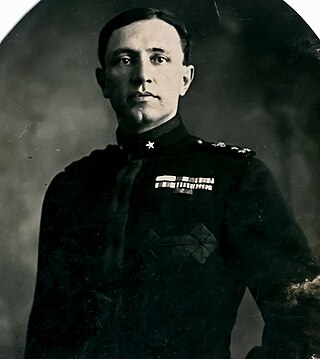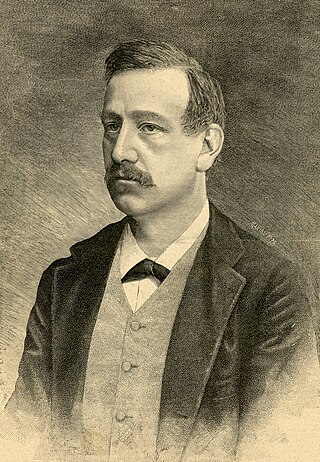Giovanni Comisso was an important Italian writer of the twentieth century, appreciated by Eugenio Montale, Umberto Saba, Gianfranco Contini and many others.

Luigi Bartolini was an Italian painter, writer, and poet. He is known for his novel, Bicycle Thieves, upon which the Italian neorealist film directed by Vittorio De Sica and of the same title was based. He published over 70 books during his lifetime. His work was also part of the painting event in the art competition at the 1948 Summer Olympics.

Romano Romanelli was an Italian artist, writer, and naval officer. He is best known for his sculptures and his medals.

Ferdinando Martini was an Italian writer and politician. He was governor of Eritrea for from late 1897 to early 1907.

Rodolfo Siviero was an Italian secret agent, art historian and intellectual, most notable for his important work in recovering artworks stolen from Italy during the Second World War as part of the 'Nazi plunder'.

Cecco di Pietro was an Italian painter of the Pisan School. While his date of birth cannot be confirmed, there is some mention of a Cecco Pierri working with the painter Paolo di Lazzarino in 1350. If this was a reference to di Pietro, then his date of birth can be placed around 1330.
Antonio Bueno was an Italian painter of Spanish origin, who acquired Italian citizenship in 1970. He was born in Berlin while his journalist father was posted there by the newspaper ABC of Madrid.

Enrico Coleman was an Italian painter of British nationality. He was the son of the English painter Charles Coleman and brother of the less well-known Italian painter Francesco Coleman. He painted, in oils and in watercolours, the landscapes of the Campagna Romana and the Agro Pontino; he was a collector, grower and painter of orchids. Because of his supposedly Oriental air, he was known to his friends as "Il Birmano", the Burmese.
Romano Bilenchi was an Italian novelist, short story writer and essayist. He was born in Siena. He was involved with the resistance movement during the Fascist rule of Benito Mussolini. He was also active in the Italian Communist Party after the war. He founded a magazine, Società, together with Cesare Luporini and Ranuccio Bianchi Bandinelli in 1945.

Igino Benvenuto Supino was an Italian painter, art critic, and historian.
Marcello Landi (1916–1993) was an Italian painter and poet.

Carlo Ludovico Ragghianti was an Italian art critic, historian, philosopher of art and politician.
Filippo Carli was an Italian sociologist and fascist economist. After graduating in law in 1916, he was appointed as secretary of the Chamber of Commerce of Brescia. He retained this post until 1928 meanwhile studying sociology and economic history. He went on to teach at the universities of Cagliari and Pisa.

Gustavo Frizzoni was an Italian art critic and art historian.
Enzo Carli was an Italian art historian and art critic.
Italo Zannier is an Italian art historian, photographer, academic and historian of photography.
Arturo Carlo Quintavalle is an Italian art historian, critic and academic. He was professor of art history at Parma University and founded and for several years headed that university's Centro Studi e Archivio della Comunicazione.

Libero Bigiaretti was an Italian novelist, poet, translator and social critic. Apart from his literary works, he also was a journalist, and a television presenter for the national public broadcasting company of Italy.
Corrado Govoni. was an Italian poet. His work dealt with modern urban representations, the states of memory, nostalgia, and longing, using an expressive and evocative style of writing.
Carola Prosperi was an Italian writer, feminist and journalist.










